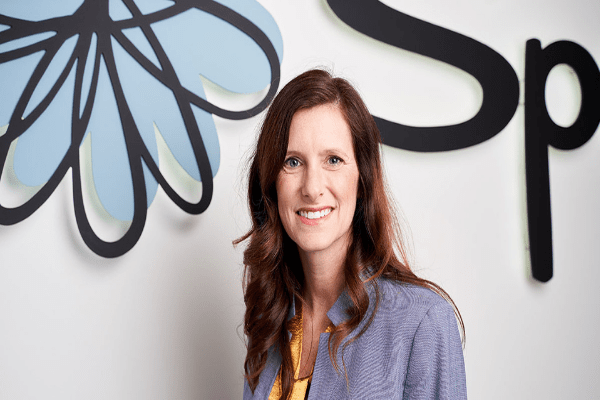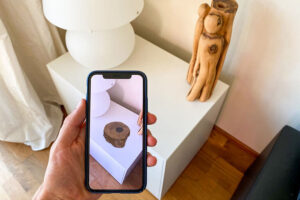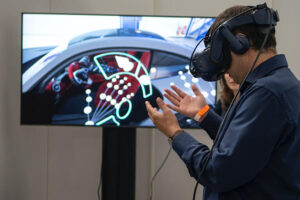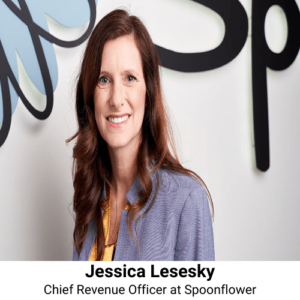 Customer experience has surpassed omni-channel as the buzzword most mentioned in the retail industry. It’s valid as there is no denying customer experience is King.
Customer experience has surpassed omni-channel as the buzzword most mentioned in the retail industry. It’s valid as there is no denying customer experience is King.
Doug Stephens, The Retail Prophet shared at a recent conference that the Return on Experience can add as much as $244 million of incremental revenue for a big box retailer.
Forrester research shows that companies with high customer experience ratings increase their revenue at “twice the rate of those with poorly rated experiences”.
This is why so many in our industry are focused on the latest CX trends. New technologies like virtual reality become the must have, next-gen CX amplifier when often it’s the fundamentals that need work.
The biggest gap retailers have in customer experience is KNOWING what a majority of their customers ACTUALLY think of the experience.
On average, a retailer hears from 1% of their customers. Feedback delivered through old methods of receipt surveys, mystery shoppers, Facebook, Yelp, etc. is failing in a fast-paced, consumer environment.
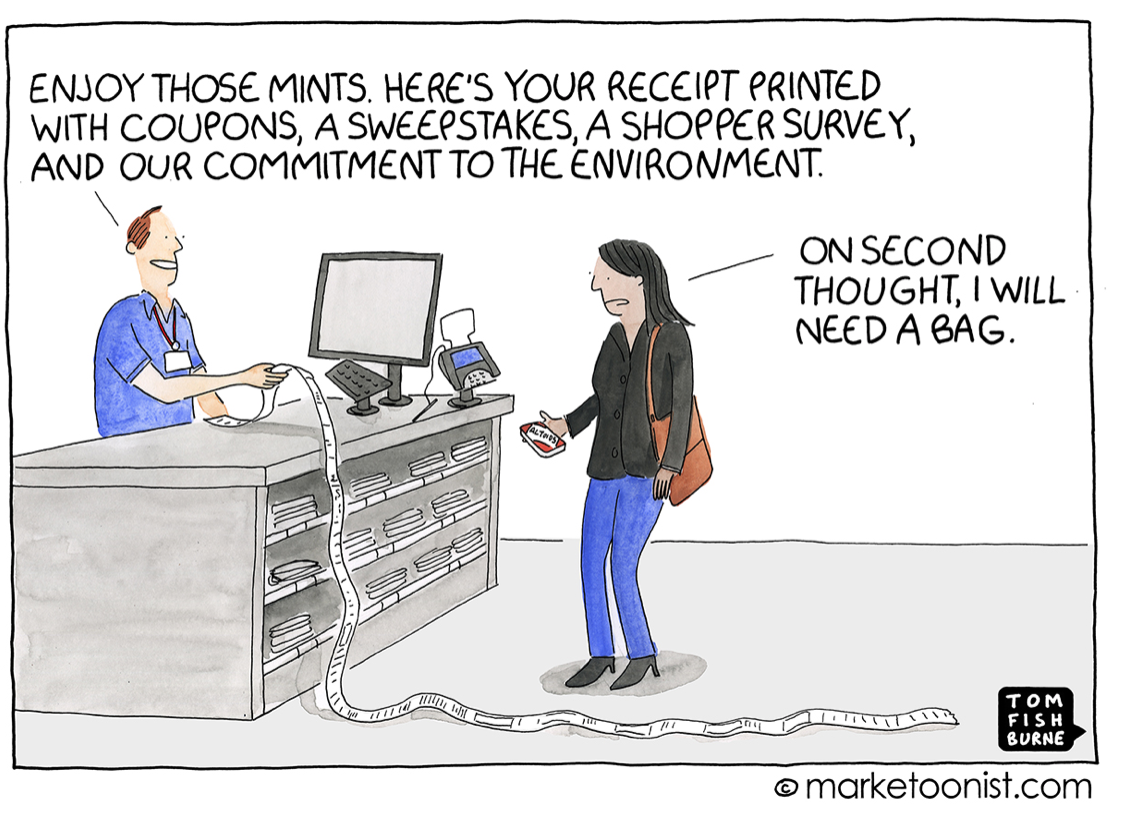
Not only is the 1% customer feedback limited, but also these views are heavily skewed. They originate from either the most loyal customers or those who are so frustrated they are willing to spend time filling out a 35-question survey accessed from the URL on their paper receipt.
Retailers, you are missing a critical element in customer experience: connection to the silent majority.
And this is why I’m so excited about my new role at TruRating. TruRating recently joined the customer experience tech scene in North America with a mission I’m proud to get behind:
- to drastically improve and accelerate the way retailers view and understand their customers,
- to offer consumers a better, more simplistic way to make their voice heard
- and to use our business as a force for good, giving back to charity
For retailers, our solution allows you to ask any question of your customer at point of payment in-store and online, rotate through questions dynamically and segment them to individual locations, regions or across the retail footprint.
In 7 days, we deliver the amount of consumer insights which take 18 months to collect using current methods.
You get millions of data points tied to customer spend, frequency of visits, product level data, time of day trends and 42 other attributes that tell the story of what is happening at an individual store, region, website and/or holistically.
These aren’t basic analytics. It’s real, actionable insights that address the things that keep you up at night.
- Will this innovation investment matter to my customers?
- Are my customers aware of my latest innovation investment to help their experience?
- How can I smartly optimize my labor costs in store without impacting the customer experience?
- Can I reduce my inventory holding costs while meeting my customers’ expectations for product availability?
- How can I connect the sentiment of my in-store and online customers?
- What marketing efforts are actually driving foot traffic in store and which ones are driving the highest transaction value?
- Is my team knowledgeable about the brands and merchandise we’re selling? What does it cost me per transaction when an associate lacks this knowledge?
With an 88% response rate in store and 59% online, we’re enabling retailers to test and learn more quickly, gain efficiencies, increase avg transaction per customer and significantly reduce costs.
For example:
- A global, well-known athletic brand saw a 13% increase for service scores within the first few months of implementing TruRating which led to 3.5% increase in avg spend per customer.
- A regional grocery brand identified through TruRating heatmaps that customer satisfaction plunged at the end of the day in certain stores due to stock issues and cleanliness. This time of day was crucial because it’s when their highest paying customers shopped. Based on actions taken from our analytics, they addressed the issues resulting in a 22% improvement in customer satisfaction and 5% increase in revenue during evening hours.
- An online only pet retailer used TruRating Online to ask their customers about a new initiative. With a 59% response rate, they collected thousands of responses in 3 weeks where only 15% of customers said it was something they would use. Determining the ROI wasn’t justified, the retailer saved over $100K in development costs and resources.
- A fast-casual restaurant in London has 37,000 TruRating reviews indexed in Google versus 272 Google Reviews and 219 TripAdvisor reviews. TruRating has increased their findability and given new customers more relevant insights into the overall experience prior to visiting.







